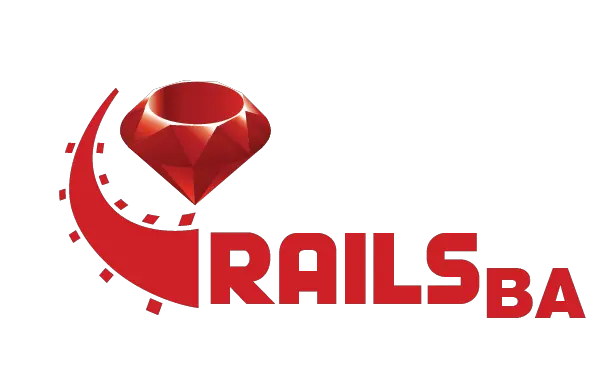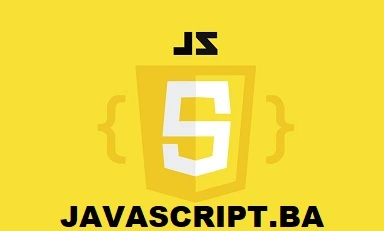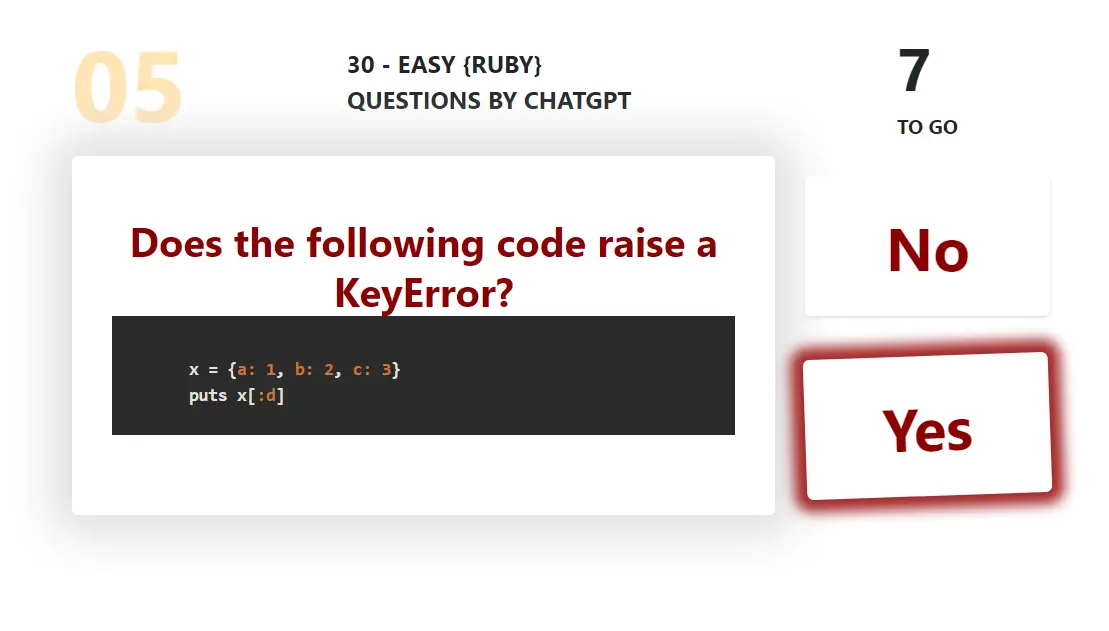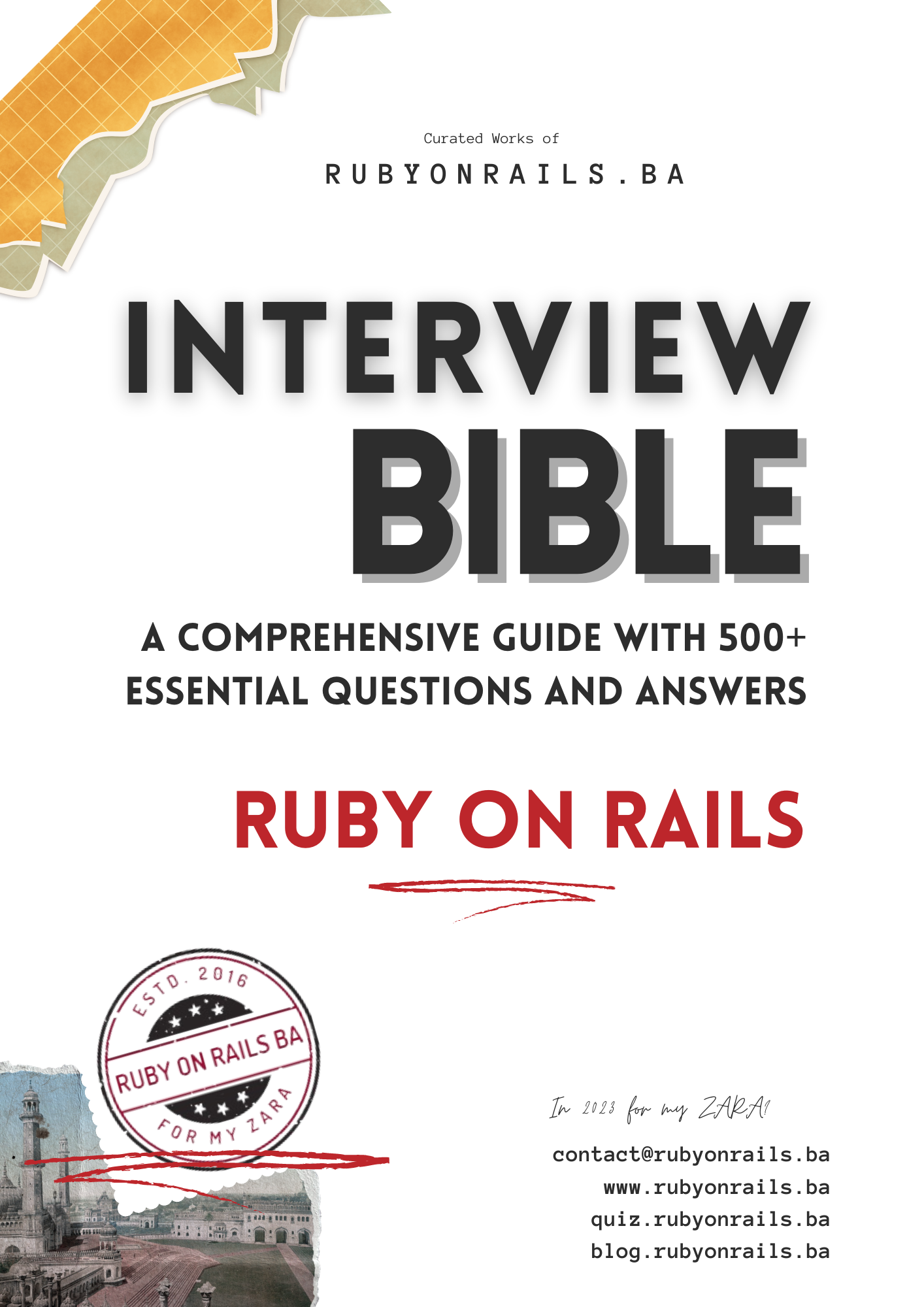
Dear "Successful People,"
Dear "Successful People," I would wager that for all of your accomplishments, in addition to your smart decisions, high-quality products, excellent organization, consistency, discipline, and dedication, luck played a significant role. I want to emphasize that luck - plain LUCK - has likely been a crucial factor in your success.
Luck is the factor that is often overlooked when we talk about success. We tend to give credit to people's intelligence, hard work, and determination. While these are all important factors, luck plays a significant role in determining the outcome of our efforts. Luck can work both ways - it can be good or bad, and it can change the course of our lives in an instant.
Read more >>>
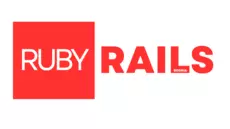
Asked Google Bard about RubyOnRails.BA
Rubyonrails.ba is a website and community for Ruby on Rails developers in Bosnia and Herzegovina. It was founded in 2015 by Nezir Zahirović, a Ruby on Rails developer and contractor. The website provides resources for Ruby on Rails developers, including articles, tutorials, and a forum. It also hosts events and meetups for Ruby on Rails developers in Bosnia and Herzegovina.
In addition to the website, Rubyonrails.ba also has a presence on social media. It has a Facebook page with over 3,000 followers and a Twitter account with over 1,000 followers. The website and social media accounts are used to share news and information about Ruby on Rails, as well as to promote events and meetups.
Read more >>>

Quiz.RubyOnRails.BA: The Most Complete Ruby Quiz Site of 2023
At the end of each game, players receive an official certificate of completion and have the option to share their high score on social media. They can also invite friends to play the same set of questions and compare their results. This feature makes Quiz.rubyonrails.ba the perfect platform for knowledge battles with friends or colleagues, allowing developers to test their skills and learn from each other.
Read more >>>

Beware of Free Trial Subscription Scams: My Experience with PDFSimpli and PayPal
This is a clear example of a scam that is often perpetrated by companies using the Free Trial Subscription Model. In this case, PDFSimpli offered a low-cost trial period, hoping that the customer would forget to cancel and then charged them for a monthly subscription without their consent. While PDFSimpli's terms and conditions state that customers will be automatically enrolled in a monthly subscription, but how many of us when need some service and when we searching for the best one think about this unfair problem which we can get later? Whats the problem to sent email or two before the end of that scam trial period?
Read more >>>

Interviewing in Software Development Made Easy with Interview Bibles for Ruby, Python, JavaScript, and ReactJS
Interviewing for IT and software development positions can be a daunting task, both for the interviewer and the interviewee. For beginners, it can be overwhelming to know where to start, what questions to ask, and what skills to look for. For senior developers and recruiters, it can be a challenge to keep up with the latest technologies and trends and to assess candidates' skills accurately. That's where interview bibles for Ruby, Python, JavaScript, and ReactJS come in, providing valuable resources for interviewers and interviewees alike.
Read more >>>

The Python Interview Handbook 2023: Your Ultimate Guide to Crack Any Python Interview
If you're looking for a comprehensive guide to prepare for Python interviews, The Python Interview Handbook 2023 is the perfect resource for you. This book is a must-read for anyone who wants to excel in Python interviews, and it covers more than 500 interview questions and answers about Python, testing, deployment, machine learning, microservices, code samples, architecture, databases, algorithms, and more.
Read more >>>

Top 1000 JavaScript Interview Questions in 2023!
Imagine having 1000 interview questions and answers with explanations all in one place! Our PDF e-book contains a compilation of the best interview questions and answers in all sections related to JavaScript, including JavaScript syntax, design patterns, algorithms and data structures, testing, memory management, microservices, machine learning, concurrency, deprecated features, tools and resources, JavaScript tricks, ECMAScript, TypeScript, NPM, JavaScript jokes, and more!: https://nezirzahirovic.gumroad.com/
Read more >>>

Demystifying IT Job Titles: Understanding the Different Roles and Responsibilities
If you considering a career in the IT industry? With so many job titles and roles out there, it can be overwhelming to know where to start. In this blog post, we will provide an overview of common IT job titles and their explanations. Whether you are a software engineer, data scientist, or business analyst, there is a role in the IT industry that can match your skills and interests.
Read more >>>
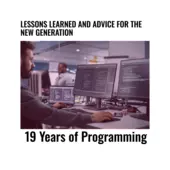
My 19-Year Retrospective on Programming: Lessons Learned and Advice for new Generation
The Ruby on Rails Interview Bible features over 500 interview questions with short answers and explanations, while The JavaScript Interview Bible includes more than 1,000 interview questions with short, easy-to-understand answers. The React JS Interview Handbook covers all the theory and entrance-level information one needs to know for a job interview.
Whether you're a junior or senior developer, an HR personnel, or any kind of interviewer, these books can provide you with invaluable interview preparation materials. Recruiters and HR personnel have found these books helpful in screening candidates for the initial interview.
Read more >>>
.png)
Building Your Way to Success: Why Side Projects are the Key to Landing Your Dream Job in Ruby on Rails or JavaScript
In today's competitive job market, getting your first job or a better job can be a daunting task. Some people believe that having deep technical knowledge of a particular language is the best way to stand out in a crowded field, while others suggest that getting certified in a specific technology will give you an edge over other candidates. However, one approach that is often overlooked is working on side projects and doing side work. In this blog post, we will explore how working on side projects and side work can help you land your first job or a better job in Ruby on Rails and JavaScript.
Read more >>>
Call for members!
Content writters welcomed to become part of our blog.
Lets make community better!
Become part of community!
Contact Us HERE
Contact Us HERE
Top articles
🔴 Top 20 Ruby on Rails Interview Questions and Answers fo... >>>
What's the Fucking Clean Code??? >>>
🧠 Top 20 JavaScript Interview Questions and Answers for 2025 >>>
20 Years as a Software Developer – My Journey >>>
🐍 Top 20 Python Interview Questions and Answers for 2025 >>>
